Reasons Why Pickups and SUVs Are Not Suitable for Electric Drive, Industry Secrets You Must Know Before Buying
 JamesFeb 14, 2025, 03:47 PM
JamesFeb 14, 2025, 03:47 PM
【PCauto】Since last year, the Malaysian automotive market has begun to see electric pickup trucks, with ISUZU and Toyota planning to launch electric versions of D-MAX and Hilux in 2025. It is foreseeable that electric pickup trucks will increasingly become common in the future.
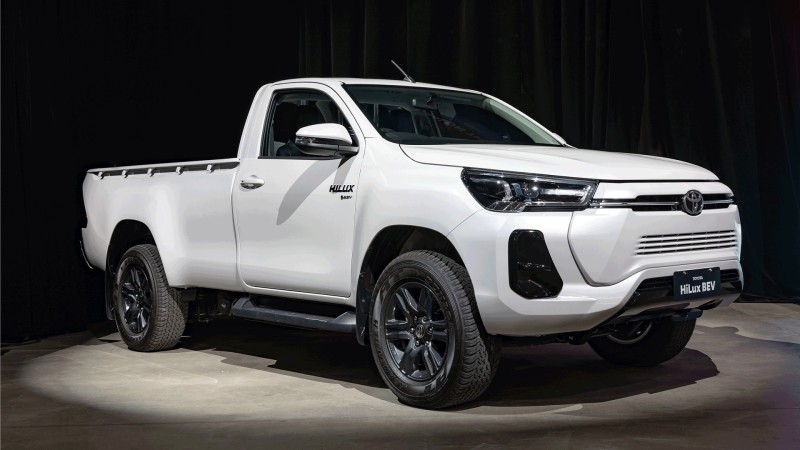
Despite the significant advantages of electric pickup trucks and off-road vehicles — they do not consume fuel (or only consume a minimal amount), they have strong power, and can drive even when flooded — there are two major issues with electric motors that can severely impact their usability, especially when one relies on a pickup truck for earning money: overheating and inability to precisely control the motor's speed.
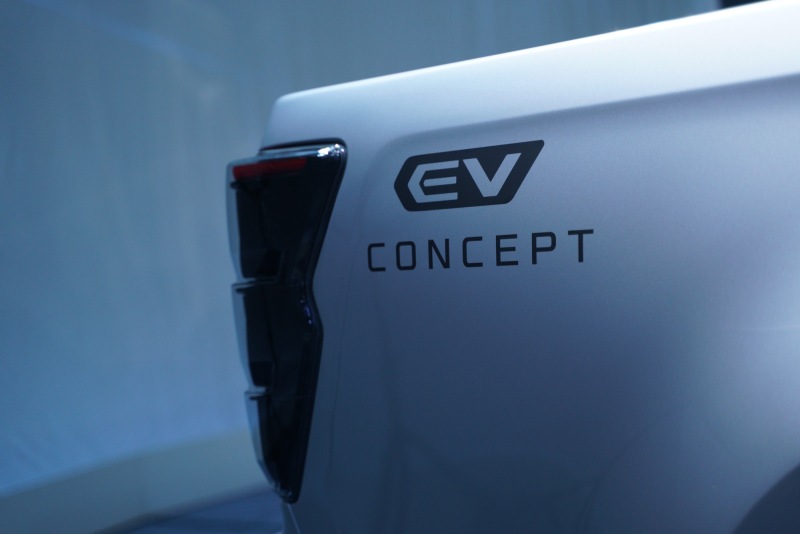
Heavy Loads and Climbing Can Easily Cause Motor Overheating and Loss of Power
When an electric motor operates, it generates heat, which primarily stems from the motor's conversion efficiency. Typically, the efficiency of electric motors can exceed 95% (compared to about 40% for gasoline engines), meaning that about 5% of the electric energy is converted into heat that accumulates inside the motor.
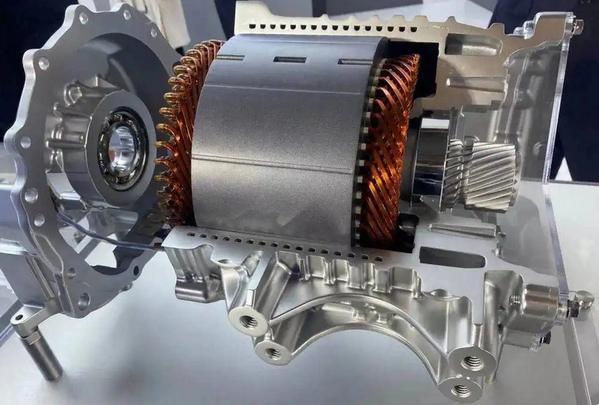
To prevent motor overheating and damage, automakers usually design cooling systems and set a temperature threshold (typically around 100-120 degrees Celsius). Once the motor reaches this threshold, the battery reduces or halts power supply to the motor. If you are transporting a load of frozen chicken at that moment, you might find that the vehicle has lost power, forcing you to wait for the motor to cool down while watching the frozen chicken melt in the heat.
The likelihood of motor overheating is not negligible. We often hear about a particular electric vehicle being able to output 100 kW of power. However, 100 kW is the peak power of the motor, which cannot sustain for more than a minute without generating excessive heat that could damage the motor. Generally, operating at 50% of peak power (i.e., 50 kW) is considered safe for the motor, as 50 kW represents the motor's rated power, which is different from peak power.
For instance, imagine you are driving a fully loaded electric Hilux (3,000 kg) at a speed of 40 km/h on flat terrain. The motor only needs to output about 7 kW of power. However, if your speed fluctuates between 20 and 60 km/h, the motor will have to output 44 kW, which might be challenging for a motor that has a maximum power of only 100 kW. If you drive up a 5% incline (approximately a 2.86-degree angle), the motor needs to output 67 kW. It may be able to handle this, but at a reduced efficiency, heat generation increases. If this incline were to be sustained for an hour, the motor would very likely overheat.
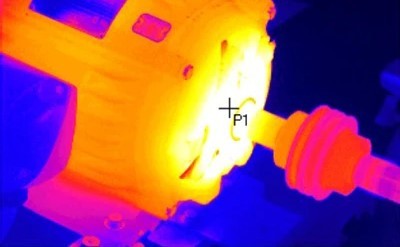
Manufacturers often use higher power motors to delay the onset of overheating. But in practice, the loaded and sloped terrain faced by pickup trucks can be more demanding, leading to issues with motor overheating, especially in tropical countries where temperatures are higher.
Inability to Precisely Control Motor Speed Makes Off-Roading Dangerous
This issue is particularly relevant for off-road enthusiasts, whether they drive pickups or off-road vehicles. Off-roading is akin to crossing a river, meaning it's difficult to know what lies beneath the vehicle's wheels, requiring careful observation and gradual movement.

However, electric motors tend to behave aggressively. They can accelerate a vehicle from 0 to 100 km/h in a short time but are challenging to decelerate, which can easily lead to a situation where high wheel speeds cause the vehicle to get stuck in mud. Additionally, if the wheels suddenly regain traction, the vehicle can lurch forward unexpectedly.
It doesn't imply that electric motors spin too fast and thus cannot control their speed precisely. On the contrary, automotive control of the motor is highly precise and the motor can respond multiple times to the vehicle's controls within a second, eliminating the need for idling like an internal combustion engine to maintain power responsiveness.
The challenge in precise motor speed control lies in how a driver controls the throttle. Electric motor speeds typically range from 0 to 10,000 rpm, but electric vehicles usually have only one gear with a gear ratio of approximately 9 to 12. Simplifying, let’s assume the gear ratio is 10: for every 10 rotations of the motor, the wheels rotate once. Thus, when the motor's speed increases from 0 to 1,000 rpm, a mere 10% throttle results in wheel speeds of 100 rpm — equivalent to about 15 km/h, which is too fast for off-road vehicles.
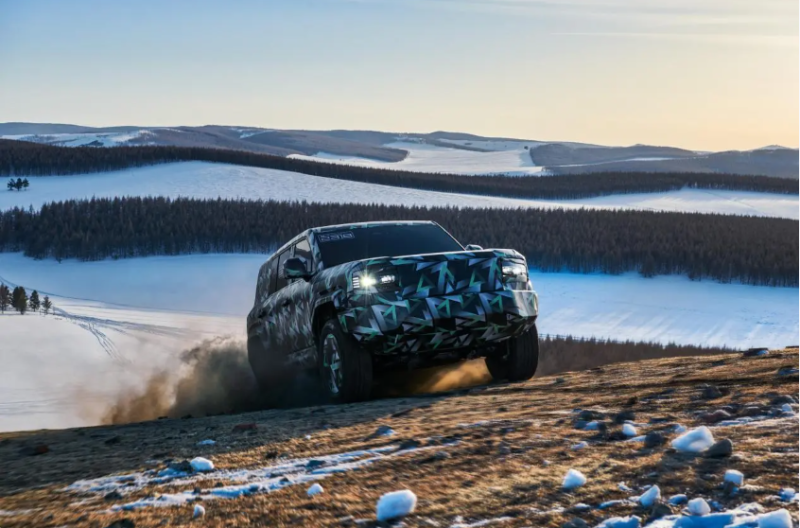
In contrast, if you are driving a gasoline-powered off-road vehicle or pickup, you can select lower gears (1st, 2nd gear) to reduce wheel rotation speeds, or even switch to low-range (L4) mode. For example, in 1st gear, pressing the throttle at only 10% allows the wheels to rotate at 40 rpm, corresponding to about 3.6 km/h (walking speed), while still providing high torque. This is the advantage of internal combustion engines, as they allow for more nuanced control over wheel speed.
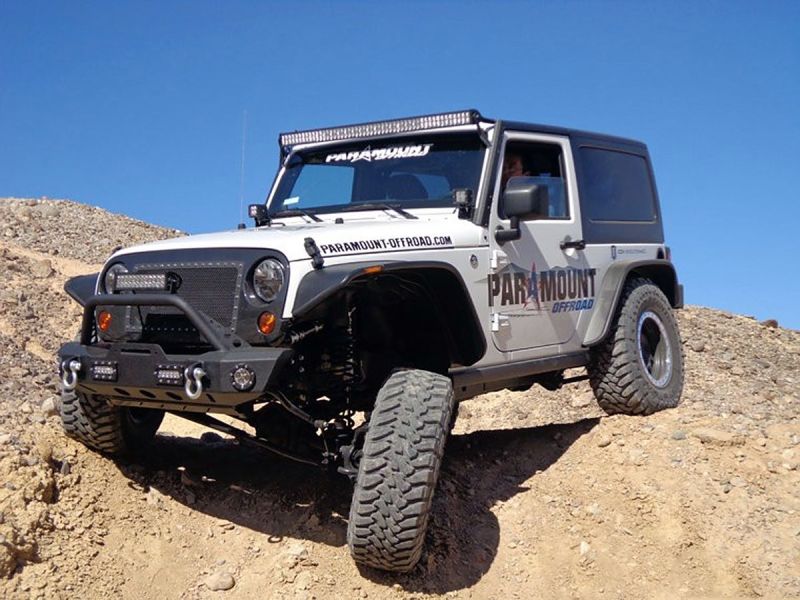
Can We Solve the Issues of Electric Motor Overheating and Inaccurate Speed Control?
Through off-roading examples, we can conclude that adding a transmission to the motor would help. A 2-3 speed gearbox would suffice not only to control wheel speed better but also to keep the motor within its efficient operating range, thereby generating less heat and even resolving the overheating issue.
Indeed, some car brands have adopted this approach, such as Porsche and Mercedes-Benz. Porsche Taycan incorporates a dual-speed transmission on the rear axle with gear ratios of 16 and 8.05, enabling gear shifting at around 90 km/h, which allows Taycan to accelerate from 0 to 100 km/h in just 5.4 seconds, supported by a 408-horsepower motor, achieving top speeds of 230 km/h.
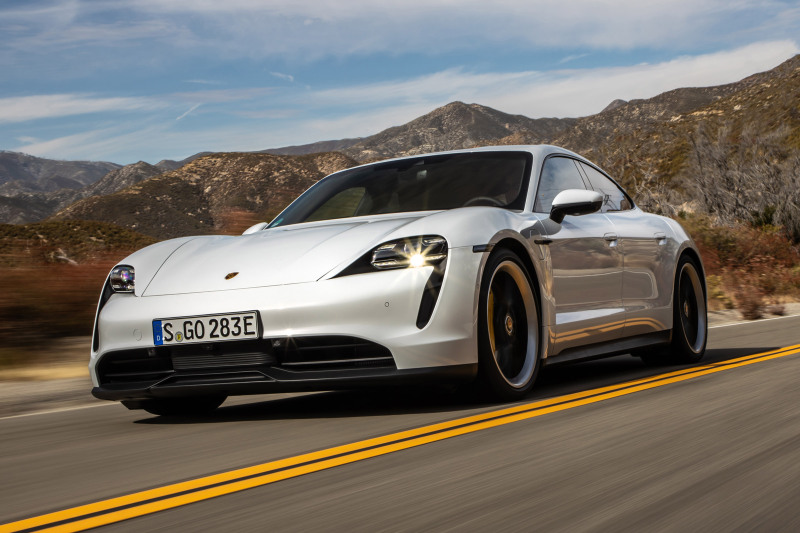
On the other hand, Mercedes-Benz G580, driven by electric motors, controls each wheel with four motors, each fitted with a 2-speed gearbox. This configuration enables G580 to accelerate from 0 to 100 km/h in just 4.7 seconds while providing substantial torque at low speeds, sufficient for climbing a 100% incline (45 degrees).

However, while Porsche Taycan and Mercedes-Benz G580 are luxury models, their manufacturers can afford to produce such setups without concern for costs. In contrast, the future electric Hilux or D-MAX will face different challenges, as the additional costs associated with a transmission may deter many potential buyers, let alone implementing four separate systems as seen in G580.
Electric motors may not be the best fit for pickup trucks and off-road vehicles, a sentiment that does not apply universally
In many Southeast Asian countries, pickups are essential tools for earning a living, often carrying heavy loads and traversing rugged terrains. While extreme acceleration is not a priority, reliability is crucial.
Electric pickups are better suited for middle-class families who occasionally take camping trips with friends or family. If you are certain that you will only drive your electric pickup on paved roads in the future, then an electric Hilux or pickup could save you considerable fuel costs. Ultimately, I just want to remind everyone that when considering the purchase of an electric pickup or off-road vehicle, it is essential to know how you will use it rather than blindly following the hype about how powerful and fuel-efficient electric pickups and off-road vehicles are.
If any infringement occurs, please contact us for deletion
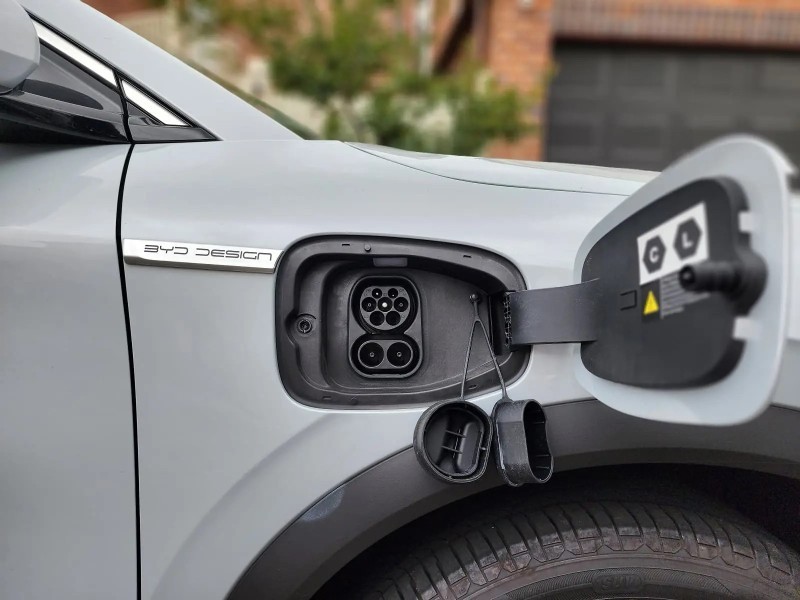
BYD Plans to Promote 1000V High Voltage Super Charging Stations and Its Models on a Large Scale
【PCauto】Recently, the news that BYD plans to massively implement a 1000V high-voltage supercharging platform has attracted widespread attention. It is reported that this platform will be launched in the middle of March this year and supports super-fast charging above 5C. After its release, it will quickly be popularized to its own models and large-scale construction of 1000V supercharging stations.This move will undoubtedly set off a wave in the new energy vehicle market. Let's delve into the te
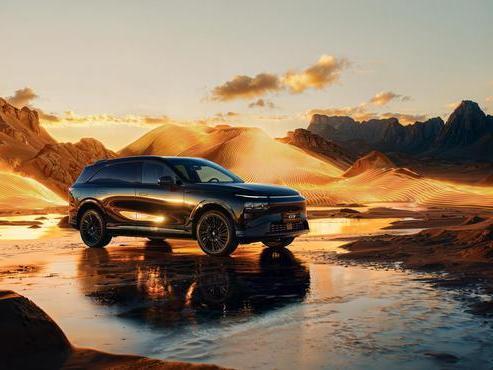
XPENG G9 is about to be launched in China, bringing 66 upgrades in features
【PCauto】XPENG has recently announced that the 2025 XPENG G9 will soon be launched in China. Although the official did not announce the time and price, the success of XPENG G6 and X9 has rekindled expectations for the once-failed G9 by XPENG. In terms of appearance, the G9 continues the X-BOT FACE 3.0 design language, with a closed grill at the front paired with split-style headlights on both sides, new two-tone collision colors and all-black body styles, with a petal-style wheel hub. Combining
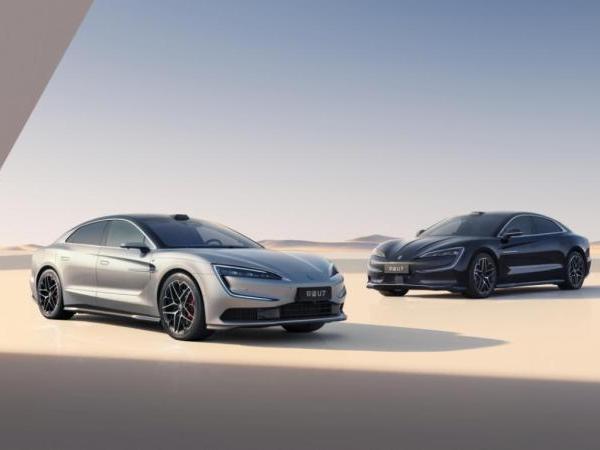
BYD YANGWANG U7 Launches with World's First Suspension Charging Tech
[PCauto] On March 27, BYD YANGWANG U7 was launched, with two power versions of pure electric and plug-in hybrid, a total of four models. YANGWANG U7 EV Five-seater Luxury Edition, priced at about 292.85 million baht/RM38.31 YANGWANG U7 EV Four-seater Flagship Edition, priced at about 330.04 million baht/RM43.19 YANGWANG U7 PHEV Five-seater Luxury Edition, priced at about 292.85 million baht/RM38.31 YANGWANG U7 PHEV Four-seater Flagship Edition, priced at about 330.04 million bah

Toyota Expands PHEV Lineup with Crown Estate Launching in Japan
【PCauto】Toyota has launched the new Crown Estate model in Japan. The Estate is the fourth model in the Crown series, and a plug-in hybrid version is also available.The Crown Estate combines design elements of station wagons and SUVs. It's built on the TNGA-K platform and has elegant body lines and spacious interior space. The vehicle's exterior design is exquisite, with the iconic hammerhead front face paired with large-size alloy wheels, showing the temperament of the Crown. In terms of body si
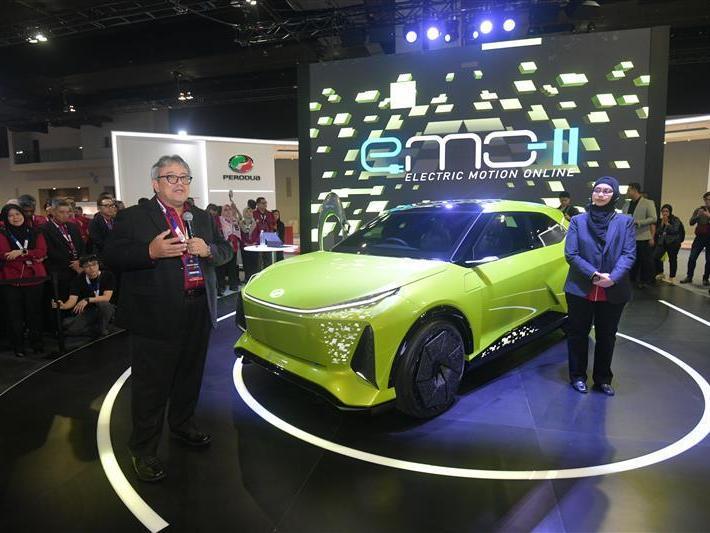
What will the new Perodua Car look like in 2025? What kind of changes will they undergo?
【PCauto】In 2025, Perodua will introduce a series of anticipated new car dynamics, covering the launch of new models and remodeling of several existing models, whether in the bold step in the field of electrification or in the optimization of classical models.Perodua is to launch its first electric car in 2025Perodua's first pure electric car is expected to go on sale officially in the fourth quarter of 2025. To ensure the vehicle's performance and quality, Perodua may initiate testing work as ea
Popular Cars
Car Compare

